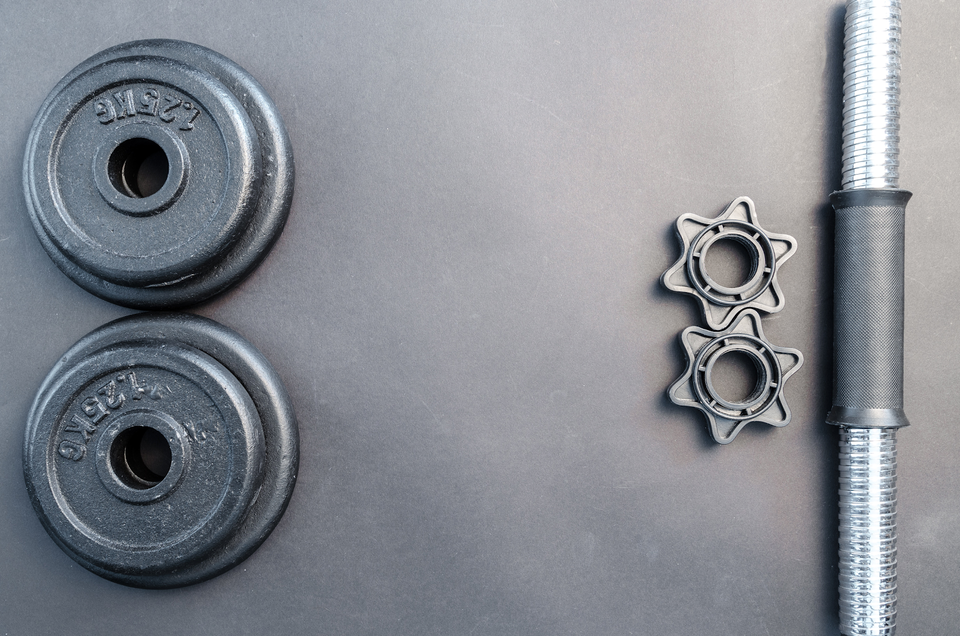To Exercise or Not To ExerciseBy Christian Worstell on July 30, 2019 3 mins When the lingering effects of an injury make it difficult for you to tackle tasks or activities you once enjoyed, you might want to consider physical therapy. This article unpacks the purpose and benefits of the practice to help you decide if it might be a good course of action for you.
What is Physical Therapy? Physical therapy, or PT, is designed to support patients across various phases of recovery. It can be used to reduce pain and boost your mobility. PT can also help you regain control of muscles or body systems after surgery or a stroke. The goal of a physical therapy doctor is to identify the main causes of your issue. Then, using your input and medical record, your physical therapist can develop a care plan to guide you back to better health and mobility. While some forms of physical therapy fall outside of the realm of insurance coverage, many physical therapy treatments are covered under insurance if they are deemed medically necessary. When Should I Seek Out Physical Therapy? Physical therapy might not be best for everyone, and it will not take the place of a primary care physician’s expertise. There are, however, some common scenarios in which you might find physical therapy right for you:
It can be helpful to check in with your physical therapist simply to assess your overall condition. You can also ask your physical therapist for recommendations on lifestyle changes that might help ward off additional aches and pains in the future. Tap Into the Benefits of Physical Therapy Physical therapy can alleviate your ailments while also saving you the cost and health impact of pain medication prescriptions and surgeries. It can also help you better understand how your body works. It might not be the best option for everyone, but for many, it presents a marvelous means to take back their mobility one session at a time. Find a physical therapy provider near you here or make an appointment with Midwest Sport and Spine for your physical therapy HERE
Photo by Tim Marshall on Unsplash
Hands On Fire
By Dr Khong Lamvichit July 13, 2019 3 mins
What Kind Of Condition Is This?
Carpal tunnel syndrome is a condition that causes pain, numbness, and tingling mainly through the arms and hands. The median nerve is the major nerve that gets squeezed or compressed as it traverses through the wrist.
Most patients with the condition will worsen over time, but lucky you're reading this article because you'll be able to address the symptoms early on. Symptoms will could be relieved with avoiding specific activities; however I encourage symptomatic patients to perform the later on exercises to re-introduce proper movement into your ligaments and tendons. Constant pressure on the median nerve potentially could lead to nerve damage or worsening symptoms. To prevent permanent damage or surgery to take off the pressure to the median nerve you could either fast forward to the exercises or continue reading to enlighten your noggin. How Long Does Carpal Tunnel Syndrome Last?
The Cleveland Clinic suggest numbness takes longer to relieve, maybe up to 3 months. Surgery also will not help if you do not have carpal tunnel syndrome. As an added bonus, pain in the palm around the incisions could also last up to a few months post surgery.
How Serious Is Carpal Tunnel Syndrome?
Some people and health care providers make CTS sound morbid; however the truth of the matter is this condition is usually not serious. If you were able to see a chiropractic doctor, physical therapist, or other soft tissue practitioners you would be able to address the symptoms immediately without having to go into surgery. To all the hand orthopedic specialist, sorry but not sorry to take away your business.
How Do I Treat Carpal Tunnel Syndrome At Home?
Now aren't you glad you read this article. Here are four easy ways to treat your carpal syndrome at home:
1. Wrist twirls:
These are additional wrist equipment and appliances to help find relief from your typing, construction, or hand gripping related job you're apart of.
1. Rocktape for carpal's tunnel spacing
2. Gel thumb spica for carpal's tunnel spacing
3. Wrist/Thumb splint for carpal's tunnel spacing
4. Hot/Cold therapy & Air compression brace for carpal's tunnel spacing
|
Tweet What!Dr. Khong Lamvichit DCChiropractic, Physical Therapy, Nutrition, and good Sports Rehab all lead to one thing. Movement-Strength-Stabilization Archives
December 2024
Categories
|
Privacy Policy
Terms & Conditions
Merchant Agreement
Telemedicine Business Associate Agreement
Contact Us
Midwest Sport and Spine Inc., Chicago, IL
Phone (appointments): 312.397.1179
Phone & Fax (general inquiries): 312.397.1179 & 312.253.4453
Location: 434 W Ontario St, #310, Chicago, IL 60654
MSS TEAM
THERAPIES
LOCATION
COMMUNITY
MSS NEWSFEED
FAQ
PAY INVOICE
Copyright © 2022 Midwest Sport and Spine Inc. All Rights Reserved. Our Chiropractic Chicago Location




 RSS Feed
RSS Feed












